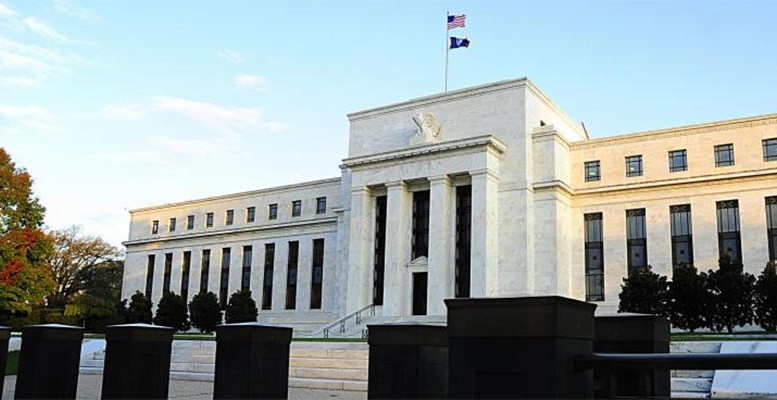Yet housing is hardly a free market. Zoning out housing density is ubiquitous in U.S. cities, and trailers are criminalized routinely. The result is artificial scarcity, a housing shortage ironically made worse by tight money.
Manufactured Housing
According to the Manufactured Housing Institute, the average cost of a manufactured home in 2014 was about $65,000, and cost about $45 a square foot at retail. The price of a traditional, “stick-built” home was more than double that, or $97 a square foot (yes, that excludes land).
My guess is that in free markets, we would see innovations such as stackable manufactured housing units for urban or close-in suburban settings. Pioneer-types are already experimenting with shipping containers in this way, another type of housing that should be rapidly legalized.
A real-estate entrepreneur could buy a lot in or near a city, drag on some manufacturing housing or shipping containers, and be good to go. When his units filled up, he starts stacking.
Inflation, Money And Trailers
Milton Friedman famously said the inflation everywhere and always is a monetary phenomenon. But there are structural impediments that cause inflation as measured, and property zoning and housing regulations appear to be one. One can drive down “T” in MV=PT, and get to higher “P.” You can blame the central bank for that, but I think you can also blame the guys driving down “T.”
My guess is that Americans are not ready to un-zone property, or stand idly by while the next-door neighbor pulls a couple trailers into the backyard to work as rentals. Voters become greenie-socialist control-freaks in their own neighborhoods, from Newport Beach, Ca. to Brooklyn.
Conclusion
For the U.S. Federal Reserve to obsess about measured rates of inflation, when there are substantial structural impediments in a major component of measured inflation (that is, housing) raises troubling questions.
To date, the Fed’s announced 2% PCE inflation target rate, which evidently has become a ceiling, appears to be a noose around the economy’s neck, judging from real GDP growth, or from falling NGDP trends.
As cities continuously raise barriers to new housing supplies, one wonders if the 2% inflation target is too low.
One might also ponder why FOMC transcripts are full of jibber-jabber about energy prices, and so rarely touch upon urban housing costs.





